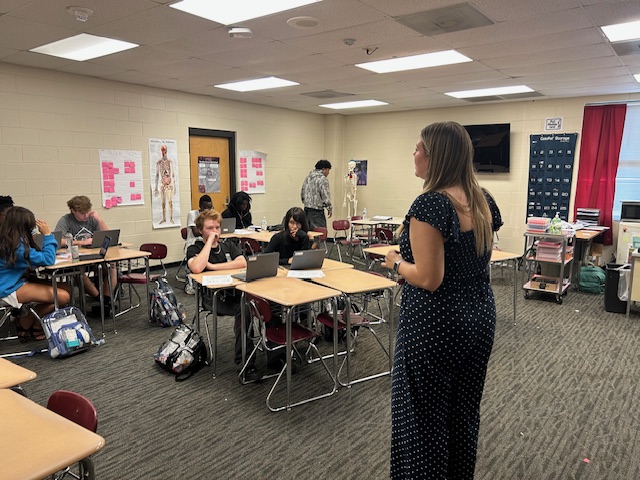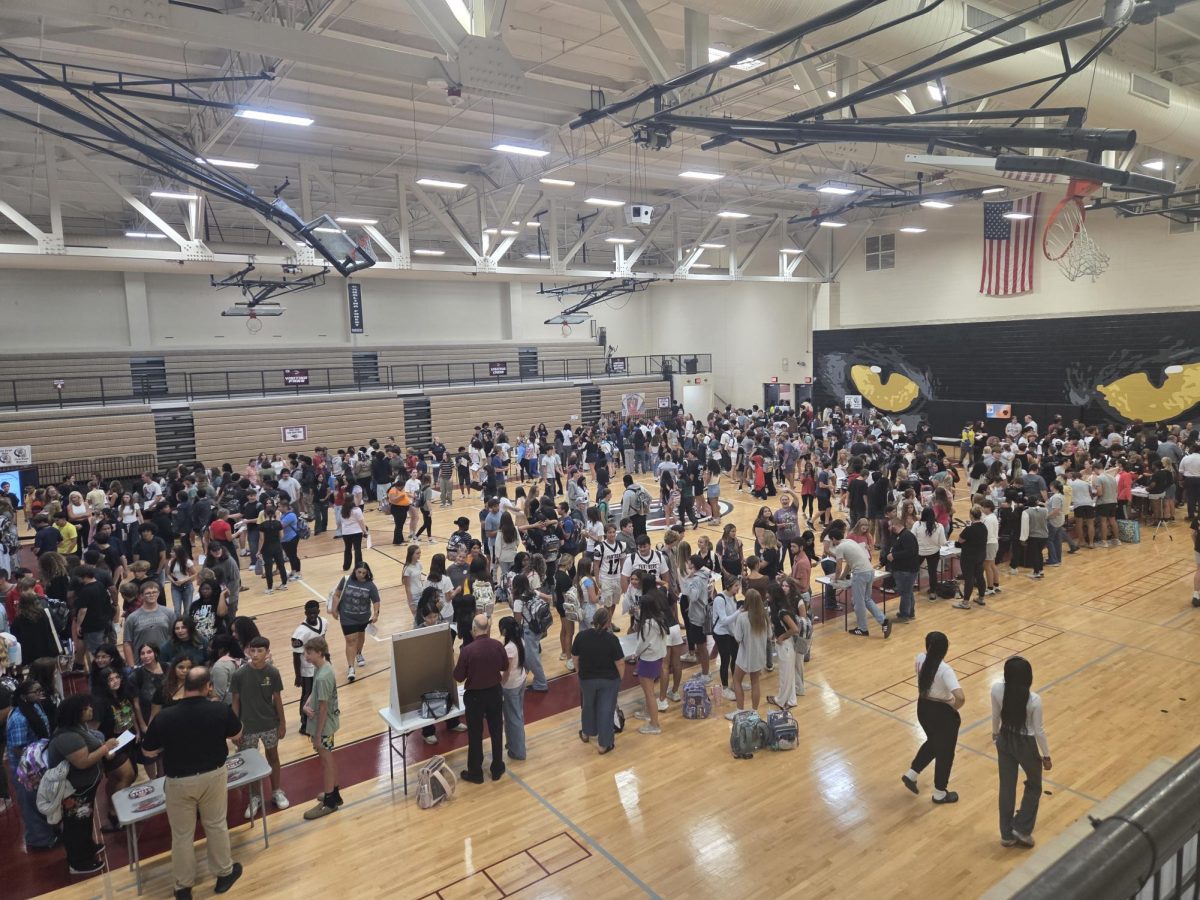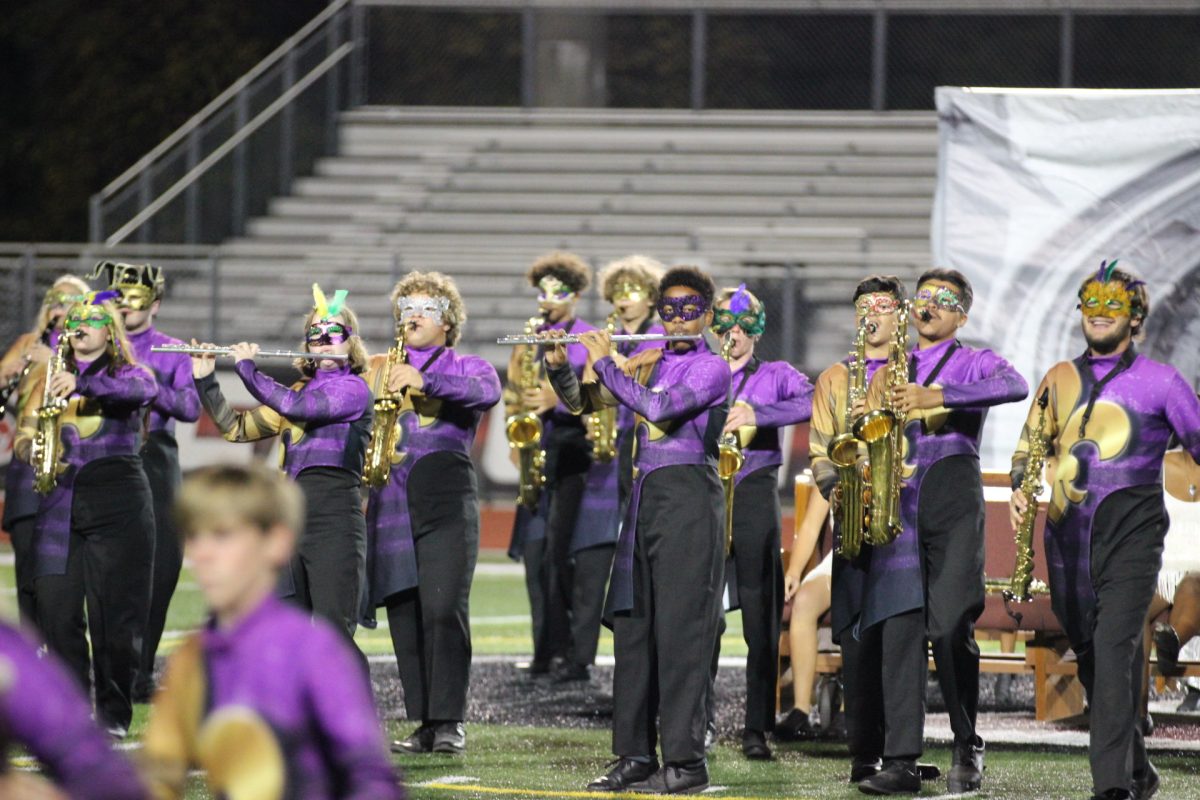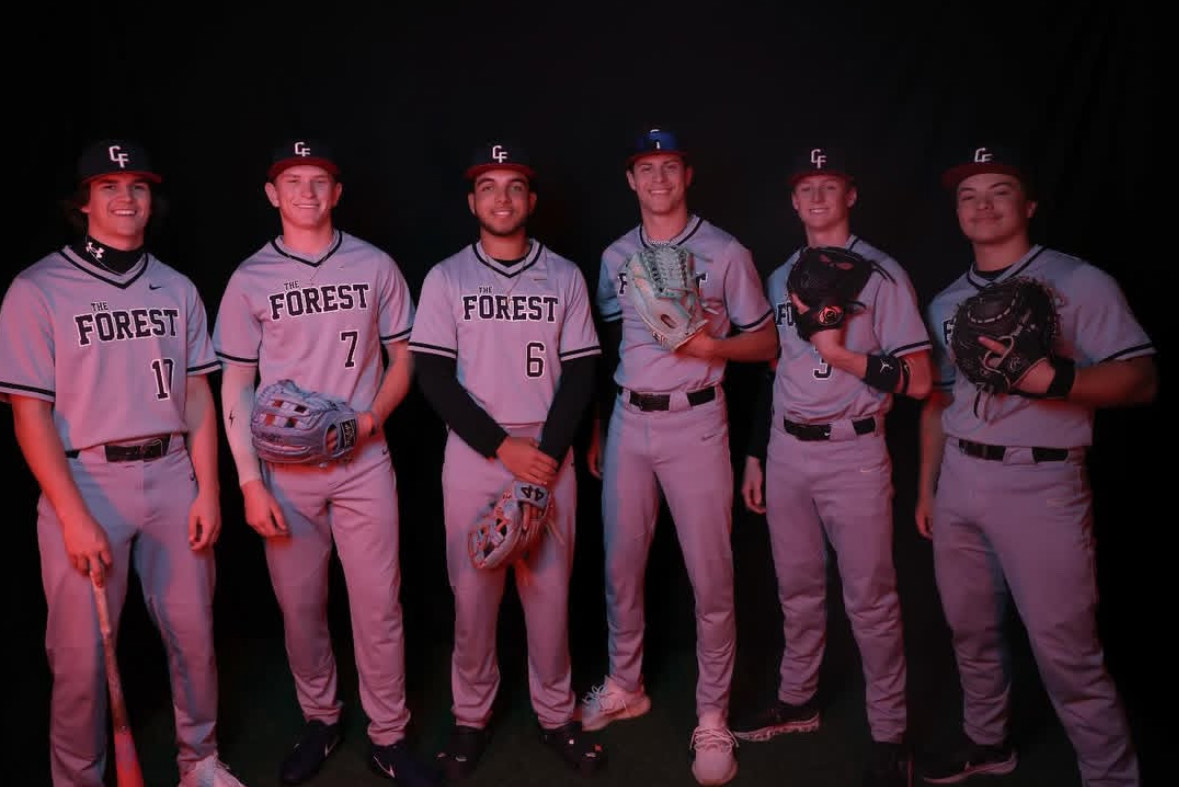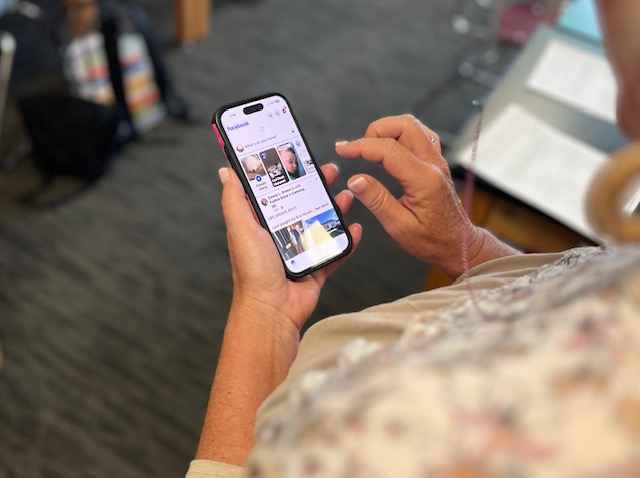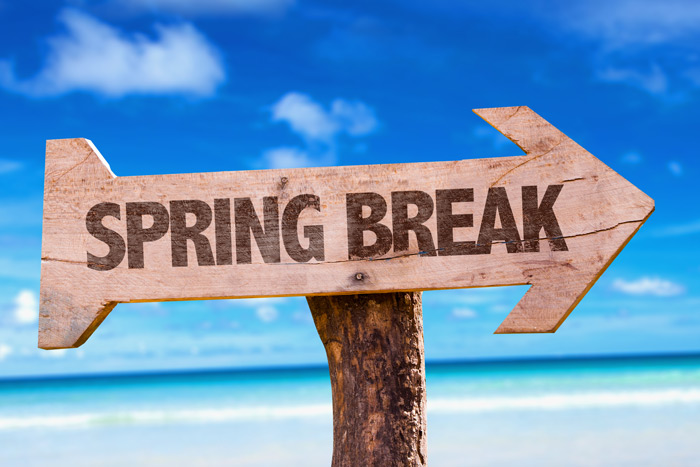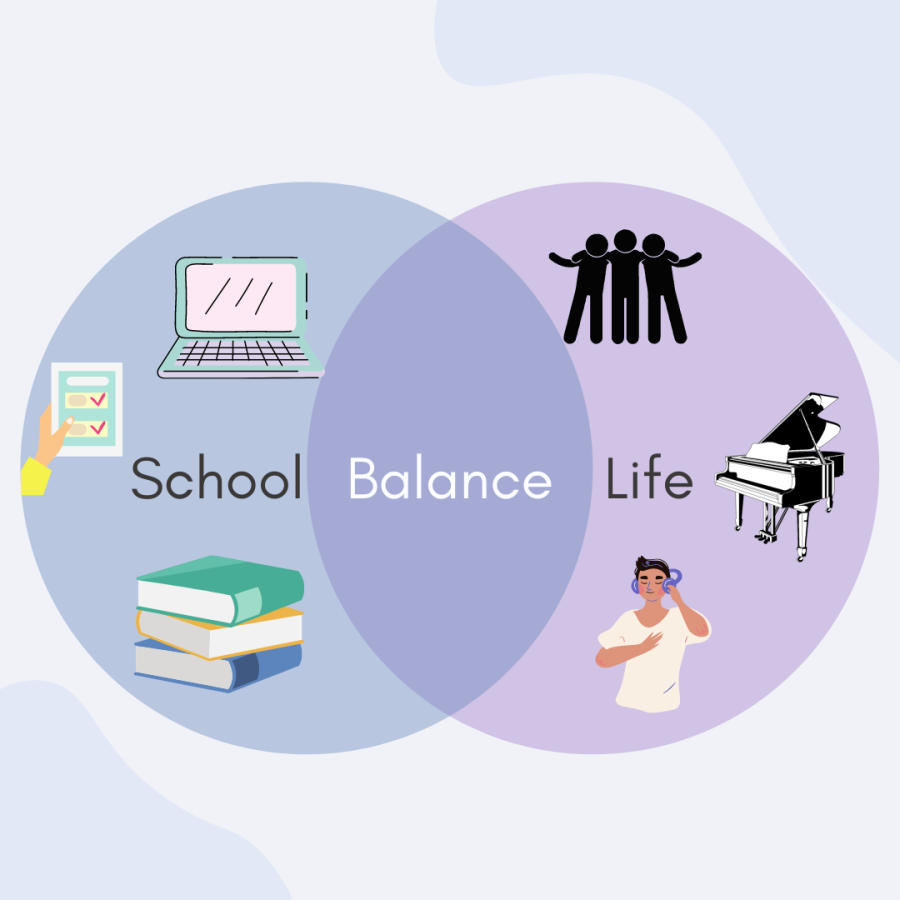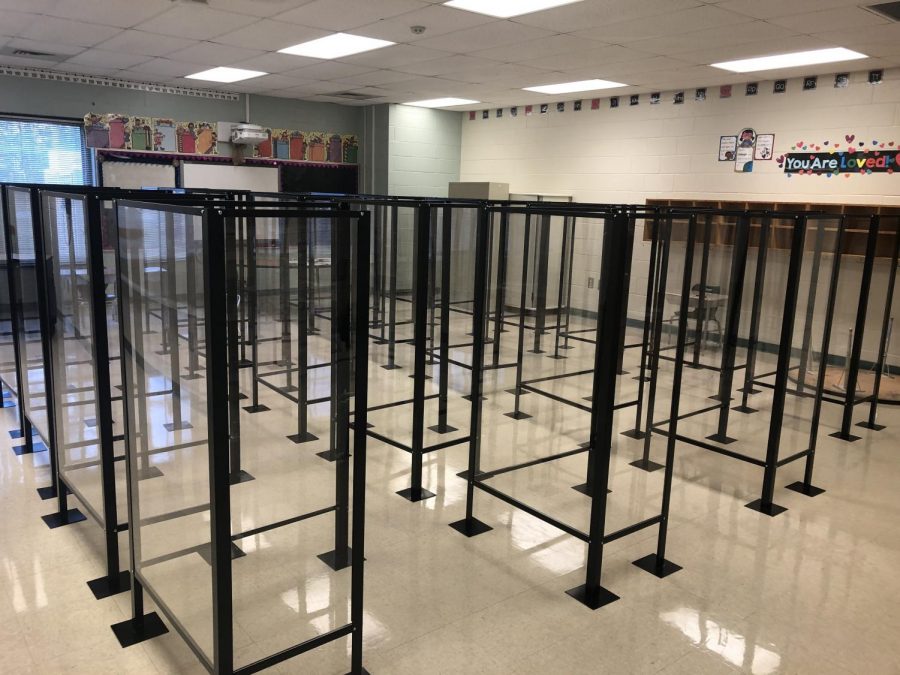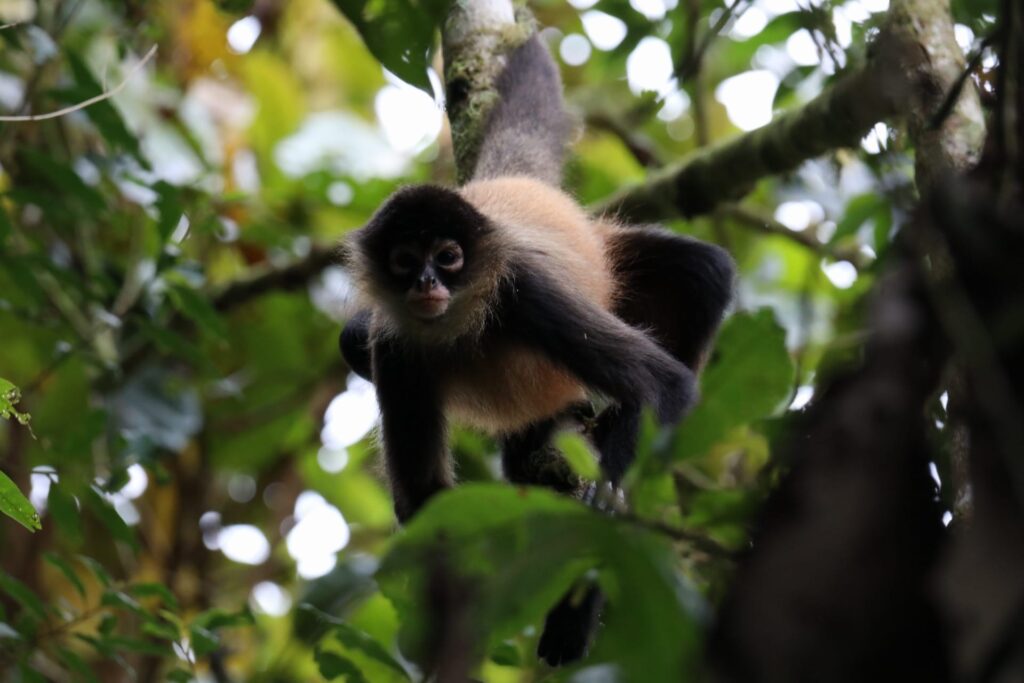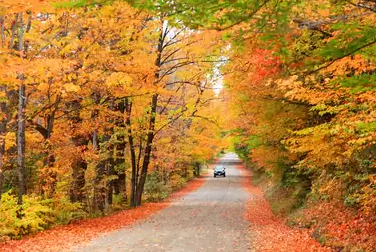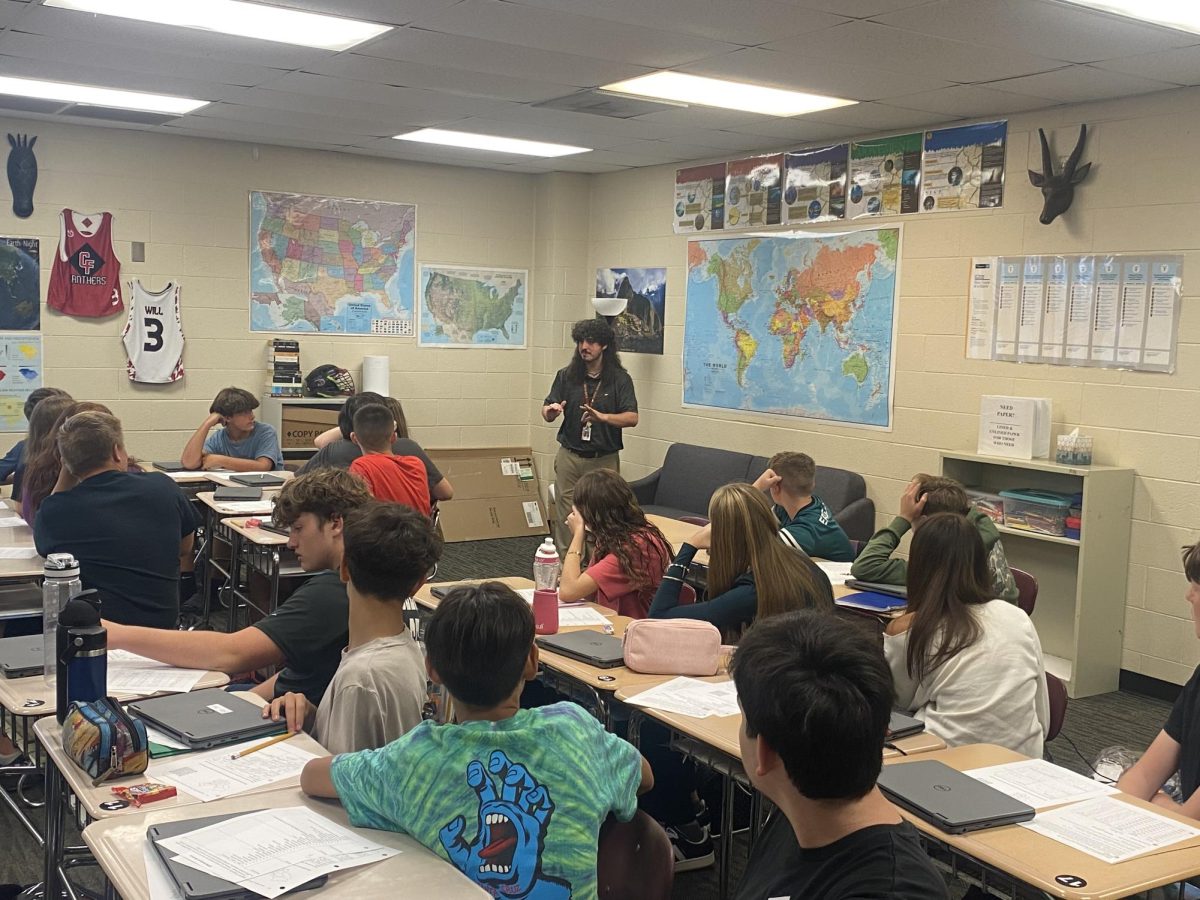Biodiversity, which refers to all the different kinds of life on Earth, including every living organism and their respective ecosystems, is a crucial aspect of our planet’s health. It varies significantly across different regions, with countries like Brazil and the United States showcasing remarkable examples. Many species are in danger due to population growth and community changes across the world.
Brazil is celebrated as the most biodiverse country in the world, particularly due to the Amazon rainforest. Meanwhile, the United States, with its diverse ecosystems ranging from forests and wetlands to deserts and mountains, also supports a wide variety of wildlife.
Both Brazil and the United States are dealing with challenges in keeping their biodiversity safe, especially with urban development and human activities destroying habitats. Initiatives like Brazil’s Reconecta Project and the establishment of wildlife corridors in the U.S. highlight ongoing efforts to protect these vital ecosystems and ensure thriving flora and fauna among modern life pressures.
Brazil is the most biodiverse country in the entire world. The Amazon rainforest is home to an impressive variety of life, with at least 427 mammal species, 1,300 bird species, 378 reptile species, and over 400 amphibian species, along with millions of insects and other invertebrates.
When animals come down from trees and try to cross the roads, they are likely to be hit by vehicles.
The Reconecta Project in Brazil is dedicated to the Amazon rainforest, with the goal of assisting tree-living animals, such as monkeys, porcupines, opossums, and other creatures that benefit from the construction of canopy bridges that enable them to safely cross highways, thereby decreasing road accidents and enhancing forest connectivity.
Just like the Reconecta Project in Brazil helps protect wildlife by building canopy bridges, many communities across the United States create parks and wildlife corridors to help animals move safely between habitats, especially in areas where roads and buildings have taken over their natural homes. This shows that people can come together to create solutions that benefit both wildlife and their communities. By working to protect nature, Americans not only preserve the beauty of their surroundings but also ensure that future generations can enjoy the diverse plants and animals that share our planet. They can be man-made constructions like bridges or tunnels that permit animals to cross roadways or other obstacles, or they can be natural land features like swamps or forests.
“Many times, humans act as if we’re the only species that use the resources on earth, and we forget that we have to live in harmony with all the other species. Wildlife corridors are a great way for us to coexist rather than take over!” shared Delanie Lewis, one of our biology teachers.
It’s really important to protect biodiversity around our world for the planet’s health, such as using canopy bridges in Brazil and wildlife corridors in the U.S. It can make safer pathways for wildlife and help nature and urban development coexist peacefully. Supporting and expanding these initiatives is crucial because of the challenges from human activities to keep our ecosystems safe for future generations.

